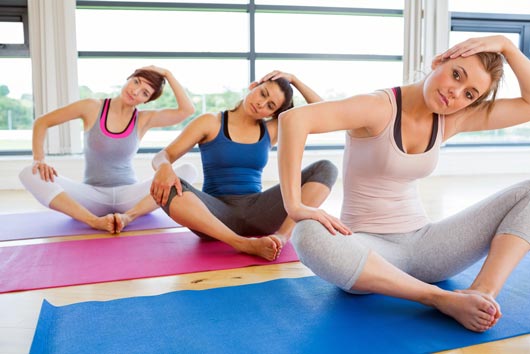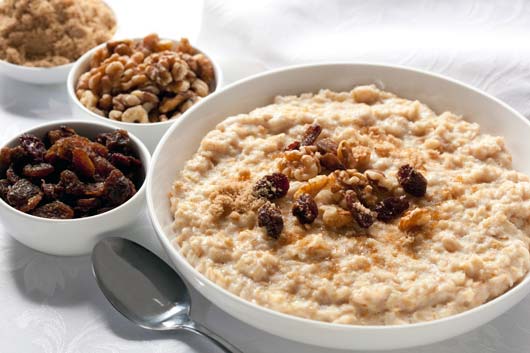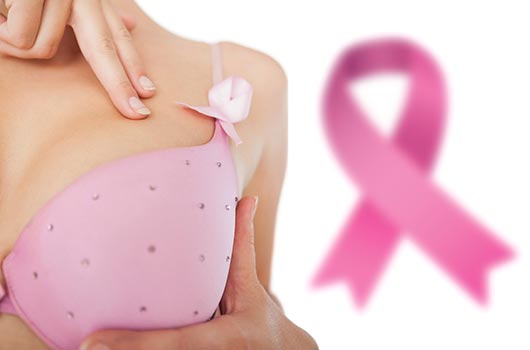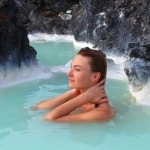
The first thing you may ask about the Feldenkrais Method is, What is it? One way to think about it is that it involves aspects of meditation, yoga and physical therapy. While yoga and meditation are practices, this one is a method for learning to be more aware of how your body moves and how it’s connected with your mind — similar to the Alexander Technique.
The method was developed throughout the 50s, 60s and 70s by Ukrainian scientist Moshe Feldenkrais. In his words: “Movement is life. Life is a process. Improve the quality of the process and you improve the quality of life itself.” His method is built around two concepts: Functional Integration and Awareness Through Movement. Functional Integration involves working one-on-one with a practitioner to address specific problem areas while Awareness Through Movement is generally done in a class setting.
Read Related: Back Up: How to Improve Posture & Not Screw Up Your Spine

Now you may be wondering, what is it good for? The idea is that by becoming more mindful of conscious and unconscious ways that you move and hold your body, you will become more aware of bad habits or stress triggers — hunching over your computer or clenching your fists when someone irritates you, for example. By recognizing and correcting the way we hold ourselves and move through space, we are able to alleviate physical pain as well as change our own self-image and raise self-esteem.

This method is a great way to ease tension and improve posture and coordination. It’s especially beneficial for helping athletes prevent and recover from injuries. It can be particularly good for anyone suffering from chronic pain or struggling a condition that limits mobility. A 2015 study found that it may help with Parkinson’s Disease. First author Lavinia Teixeira-Machado, PT, PhD, from the Education in Health Department at Federal University of Sergipe in Sergipe, Brazil reports, this method “uses easy movement and breath control and flexibility and balance to facilitate more control in the whole body. I use it in cerebral palsy, autism, and Down syndrome.”
To find a practitioner near you check out the online practitioner directory at The Feldenkrais Educational Foundation of North America.











